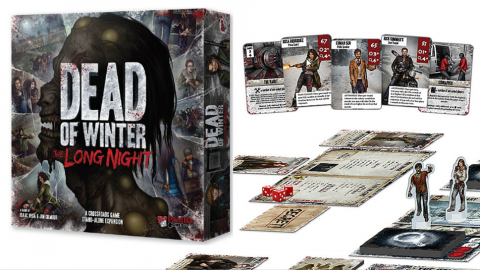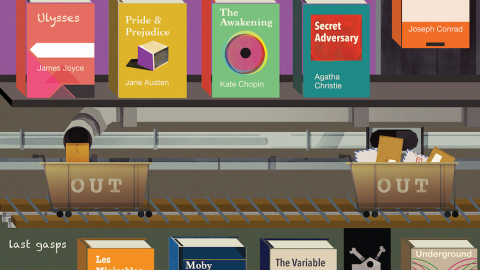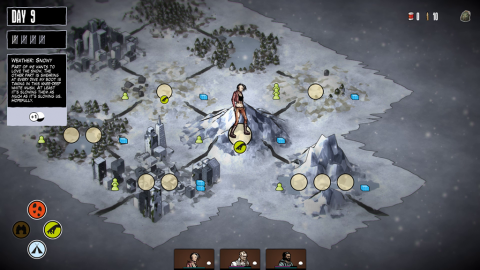
Dead of Winter: The Long Night is a survivor
The Andes Flight Disaster of 1972 is infamous for the part about the cannibalism. On October 13th, a chartered Fairchild FH-227D crashed on the spine of the Andes between Chile and Argentina. A search was conducted for just over a week, leaving the team stranded. After two months of starvation, frostbite, and sickness, the Uruguayan Air Force Flight 571’s original 45 members had dwindled to 16, who all had to resort to eating the dead to survive. The survivors were all part of a rugby union, all Roman Catholic, and operated as a team: they salvaged together, they kept warm…







